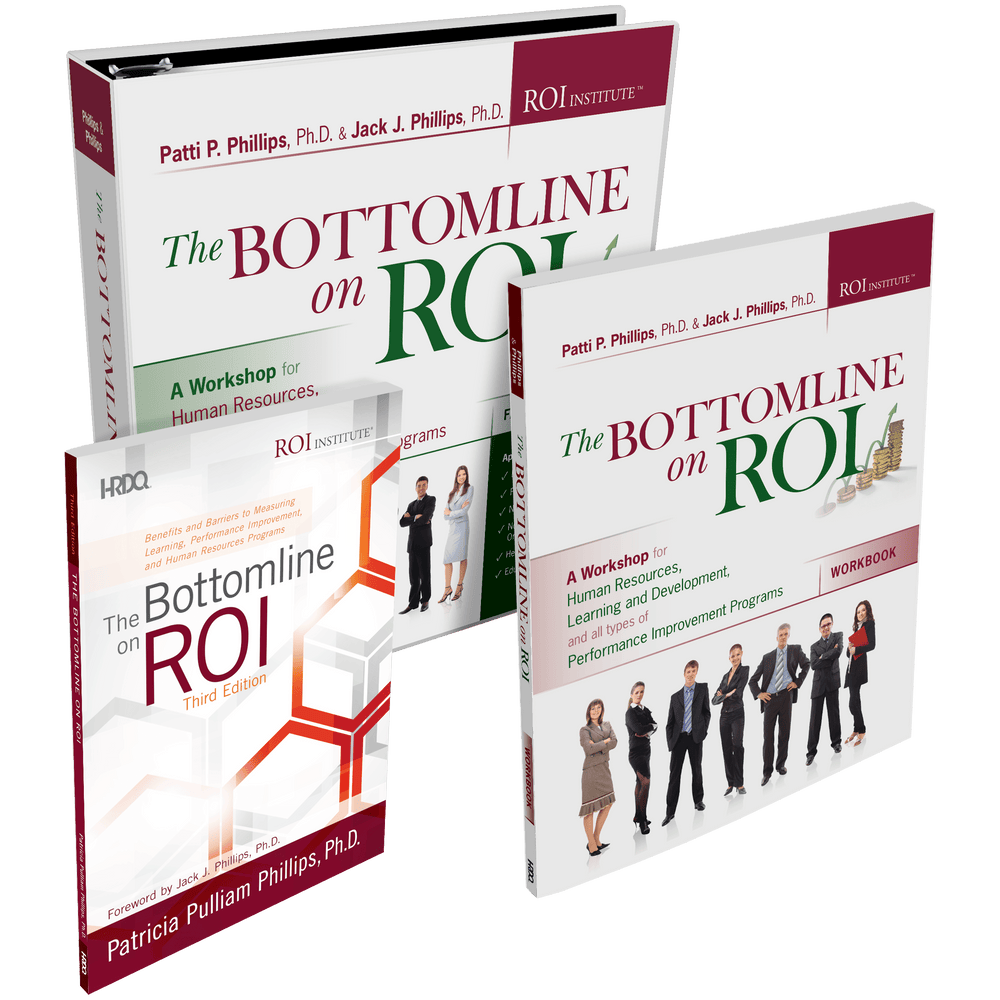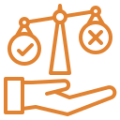The Challenge
Although the coaching profession has transformed in recent years, a key question remains: Can you measure the success of coaching? Executives recognize that coaching is essential to meet the challenges of a complex and global economy. Individuals acknowledge that coaching positively impacts their lives when goals and dreams are realized. Unfortunately, there are persistent concerns within the coaching community about how and when coaching should be evaluated – particularly at the Impact and ROI Levels. Coaching is necessary and significantly adds value to an organization’s bottom line. The investment in coaching can be enhanced by using a systematic, multi-step, results-driven process based on design thinking.
Coaches recognize the need to show value. According to an ICF survey, 60% of professional coaches indicated the most significant obstacle they face in building a successful practice is sales/business development. With the coaching field constantly growing, demonstrating the credible business value your coaching can deliver is the best way to stand out and secure business opportunities.
The Solution
To demonstrate the value that your coaching delivers, you need a credible process. The ROI Methodology® is the most recognized approach to program evaluation, with more than 6,000 implementations across 70 countries. The ROI Methodology provides organizations, businesses, government agencies, and others with a process that can cross organizational boundaries, linking programs, processes, and initiatives to bottom-line measures.
The ROI Methodology has sustained its position as the leading evaluation approach because it
- Reports a balanced set of measures.
- Follows a methodical, step-by-step process.
- Adheres to standards and philosophy of maintaining a conservative approach and credible outcomes.
Using Design Thinking to Deliver Results
The ROI process integrates design thinking principles into four stages consisting of sequential, logical steps that lead to data categorized by the five levels of outcomes. The process of evaluating a program begins with asking why, then aligning programs to business needs, and concluding with optimizing the results.
Rooted in innovation, design thinking suggests that goals should be set for the desired outcome, and the entire team should be mobilized to design the product, service, or process to achieve the goals. More specifically, design thinking involves these elements:
- Method to take on design challenges by applying empathy
- Approach to collective problem solving
- Framework to balance needs and feasibility
- Process to solve complex or wicked problems
- Aptitude for curiosity and inquiry
- Problem-solving approach to handling problems on a systems level
- Culture that fosters exploration and experimentation
Relating this process to coaching means that all stakeholders should work collaboratively to design for the desired results from coaching. The results desired could be one or all of these levels of outcomes: Reaction, Learning, Application, Impact, and possibly ROI. These outcomes represent a logical flow of data from a classic logic model. In today’s challenging economic climate, the desired level of results is impact, expressed as improvements in output, quality, time, and costs.
This can be accomplished by following 12 steps, as described below, to design for the needed business impact.
- Start with Why: Align programs with specific business measures.
- Make It Feasible: Select the right solution to drive the business measures.
- Expect Success: Design for business results. Objectives are set to push accountability to the business impact level, with reaction, learning, application, and impact objectives. Designers, developers, coaches, participants, and participants’ managers know what they must do to deliver business results.
- Make It Matter: Design for Reaction and Learning, ensuring that the content is essential, meaningful, and actionable, setting the stage to drive business results.
- Make It Stick: Design for Application and Impact, ensuring that a participant is using the learning (Application) and that it has an impact. Results are measured at both Application and Impact levels, and barriers must be removed or minimized.
- Make it Credible: Isolate the effects of the program. With impact data in hand, the results must be credible. This step isolates the effects of the program on the impact data.
- Make it Credible: Convert data to monetary value. The impact data is converted to money.
- Make it Credible: Capture the costs of the program. This includes direct and indirect costs.
- Make it Credible: Calculate the ROI. The monetary benefits are compared to the program’s cost in an ROI calculation. The financial ROI is calculated the same way a CFO would calculate a capital investment. Note: evaluation at this level is pursued very selectively, usually involving about 10% of coaching programs each year.
- Make it Credible: Identify the intangible benefits. The impact data, which is not converted to money, are identified and connected to the program.
- Tell the Story: Communicate results to key stakeholders–Reaction, learning, application, impact, and perhaps even ROI data form the basis for a powerful story.
- Optimize Results: Use black-box thinking to increase funding. Designing for results usually drives the needed results, but there’s always an opportunity to improve the results. Process improvements increase ROI in the future. Increased ROI makes an excellent case for more funds.
Using this process almost guarantees the desired business results because you have been intentional in the design process. Following these principles and implementing design thinking will reap the rewards for your bottom line. Using the ROI Methodology, you will then be able to measure and evaluate the impact and ROI of your coaching programs.


























